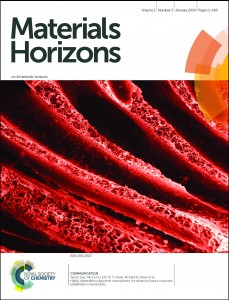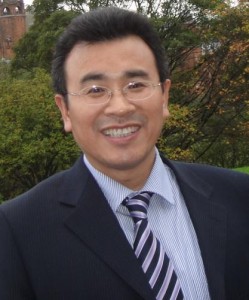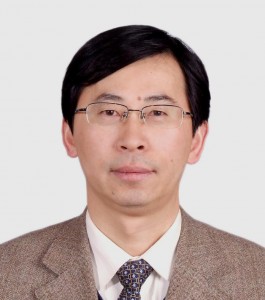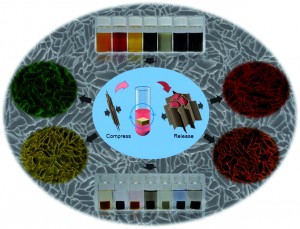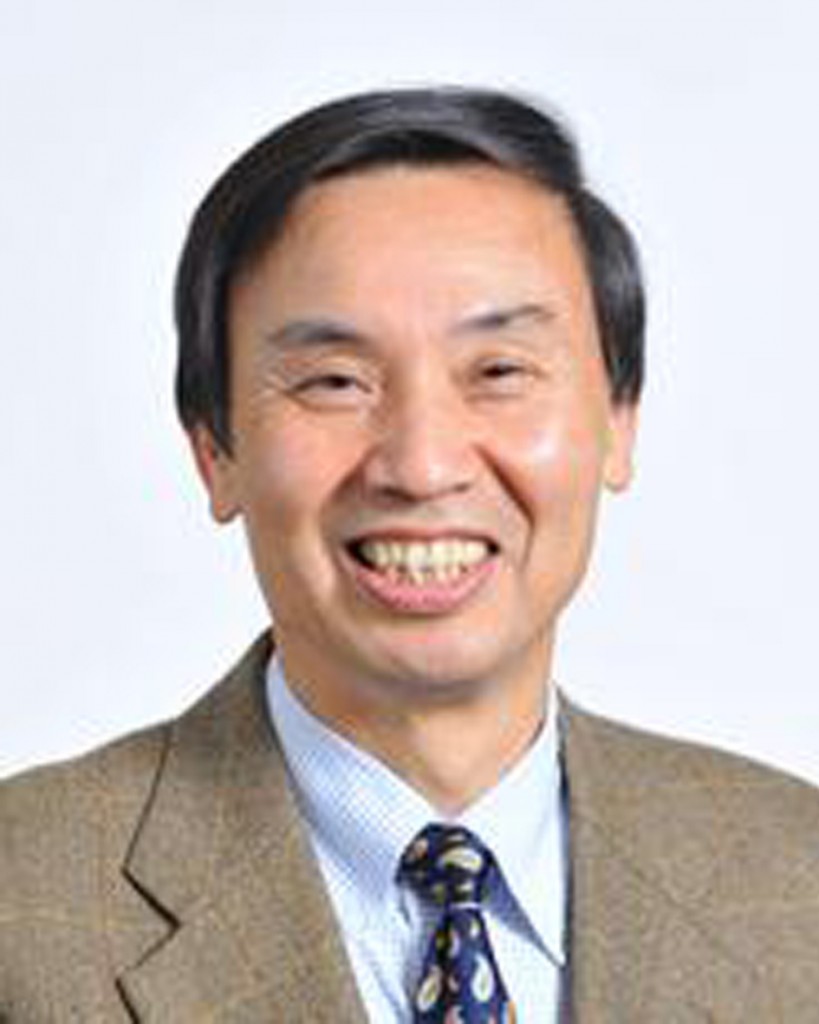We are excited to announce that the inaugural issue of Materials Horizons has been published online! Showcasing some of the most exciting research across the breadth of the materials field, issue 1 includes articles such as:
- Novel features of multiferroic and magnetoelectric ferrites and chromites exhibiting magnetically driven ferroelectricity
Rana Saha, A. Sundaresan and C. N. R. Rao
Mater. Horiz., 2014, 1, 20-31 DOI: 10.1039/C3MH00073G - Highly dispersible polypyrrole nanospheres for advanced nanocomposite ultrafiltration membranes
Yaozu Liao, Thomas P. Farrell, Gregory R. Guillen, Minghua Li, James A. T. Temple, Xin-Gui Li, Eric M. V. Hoek and Richard B. Kaner
Mater. Horiz., 2014, 1, 58-64 DOI: 10.1039/C3MH00049D - Protein coronas suppress the hemolytic activity of hydrophilic and hydrophobic nanoparticles
Krishnendu Saha, Daniel F. Moyano and Vincent M. Rotello
Mater. Horiz., 2014, 1, 102-105 DOI: 10.1039/C3MH00075C - A simple route towards graphene oxide frameworks
Luna Imperiali, Christian Clasen, Jan Fransaer, Christopher W. Macosko and Jan Vermant
Mater. Horiz., 2014, 1, 139-145 DOI: 10.1039/C3MH00047H
Find the full issue here. We hope you enjoy reading it!
Follow the latest journal news on Twitter @MaterHoriz or go to our Facebook page.


